EPC # 17595
Antarctic Activity Week AAW 2012 activity – 2479 qso’s – Thanks!
Qso’s for 2012 event now on LOTW (28/02/2012)
Thanks for all your support….
next operation…..
TBA in The ??? Antarctic Activity Week (AAW)
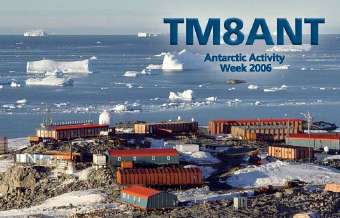 the last week of February, and in any case the week should incorporate the 22nd of February, where the Argentines are celebrating the ‘Dia de la Antartida Argentina’ (Argentine’s Antarctica Day).
the last week of February, and in any case the week should incorporate the 22nd of February, where the Argentines are celebrating the ‘Dia de la Antartida Argentina’ (Argentine’s Antarctica Day).
This invitation IS open to all Radio Amateurs around the world, to the Clubs and Organizations who would like to join us, and share with us this initiative.
Lets me try to explain further….We are looking for Special Prefixes promoting Antarctica such as for example GB0ANT, IR8ANT, IR2ANT, TM…ANT, DL…ANT, UA2004ANT, ZX…ANT, KK…ANT, VK….ANT, VX…ANT and so on. In other words, a kind of Special Prefix from each Country with the suffix ANT.
Stations from Antarctica can join us and working as many Hams as possible. Club stations of the Antarctic Institutes, as well as Antarctic Organizations (such as LU2CN Servicio Auxiliar de la Armada who care the
Antarctic matters in Argentina, or IY0A in Italy, or any eventual other of such stations), can join the Antarctica Activity Week. Again our intention is to draw your attention on The Antarctic Continent, to understand what the Nations are doing to protect this corner of the world still non contaminated, to share a message of peace among the World.
Antarctic Activity Week coming soon…….
The 10th AAW is set to arrive pretty soon with dates scheduled for the event between 18th February to 26th February 2013. 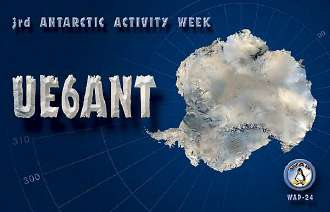 The event this Years is set to be as good if not better than previous Years with many more stations advising the team of their intended participation. WAP (World Antarctic Programme) is the main body that coordinates all activity as well as being the focus of attention as regards the Awards program.
The event this Years is set to be as good if not better than previous Years with many more stations advising the team of their intended participation. WAP (World Antarctic Programme) is the main body that coordinates all activity as well as being the focus of attention as regards the Awards program.
The only UK station to participate is ‘GBØANT’ in ‘WAP-Ø72’ and this station will next be qrv during the 2012 Antarctic Activity Week on SSB, CW and Digital Modes.
**All Qsl requests received, direct, bureau and email have all been completed and none outstanding as of 20/02/2012.
Email me for further information and please, join in the event and apply for the Qsl on line.
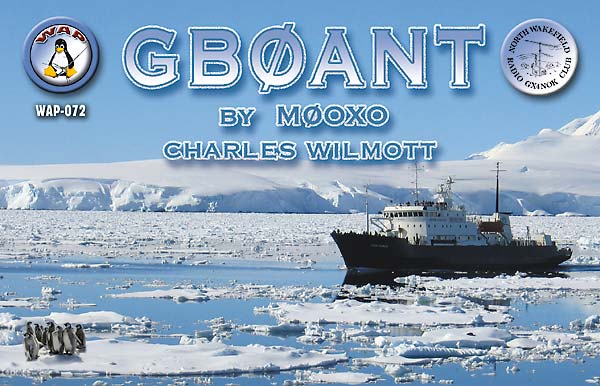

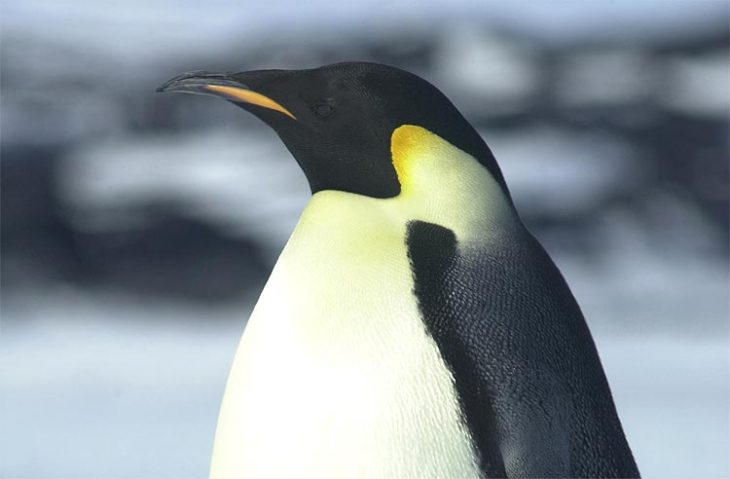
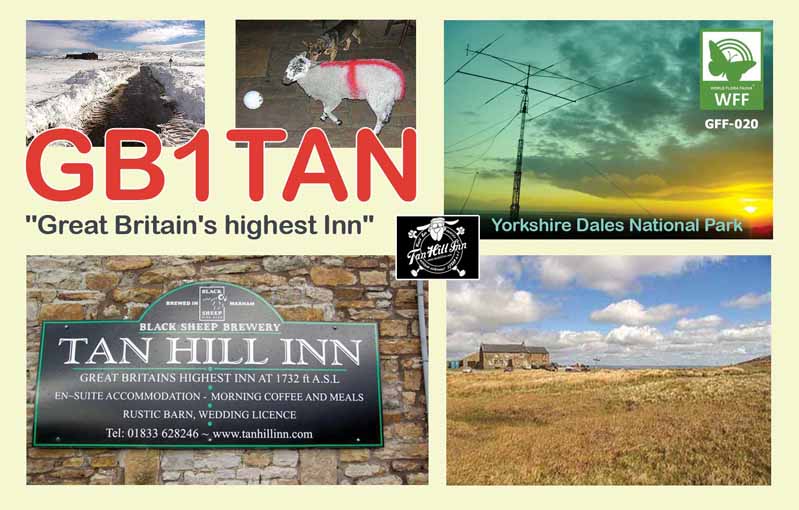 and
and 
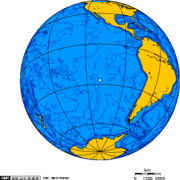
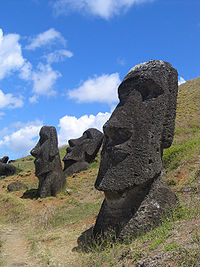 Poike used to be an island until volcanic material from Terevaka united it to Easter Island. The island is dominated by hawaiite and basalt flows which are rich in iron and shows affinity with igneous rocks found in
Poike used to be an island until volcanic material from Terevaka united it to Easter Island. The island is dominated by hawaiite and basalt flows which are rich in iron and shows affinity with igneous rocks found in 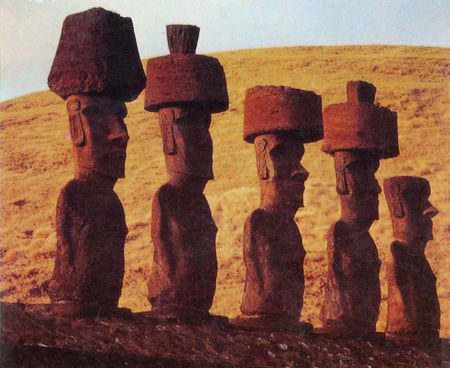 probably on their way to final locations. The largest moai is known as “Paro” weighing 82 tons. There are several others close to this size.
probably on their way to final locations. The largest moai is known as “Paro” weighing 82 tons. There are several others close to this size.
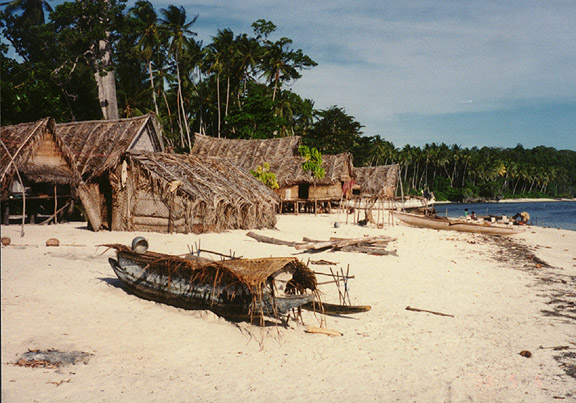
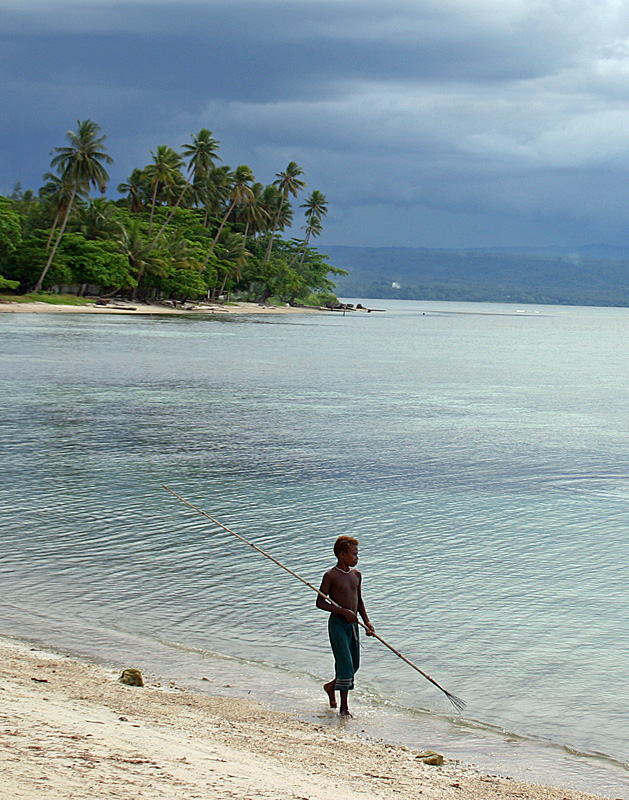 or sure so let’s hope propagation favours the UK (particularly the North for a change!). Operating times are expected to be around 18 hours per day (1600 – 0800 PNG time) on 160 through 15 metres with the possibility of additional activity on 12 and 10 metres, again dependent on conditions. Should anything untoward occur (bearing in mind the Earthquakes and Tsunami of recent weeks), then the operation will take place from
or sure so let’s hope propagation favours the UK (particularly the North for a change!). Operating times are expected to be around 18 hours per day (1600 – 0800 PNG time) on 160 through 15 metres with the possibility of additional activity on 12 and 10 metres, again dependent on conditions. Should anything untoward occur (bearing in mind the Earthquakes and Tsunami of recent weeks), then the operation will take place from 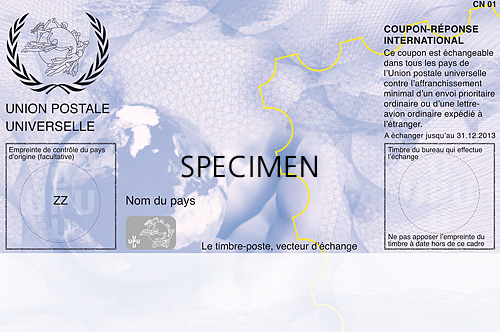
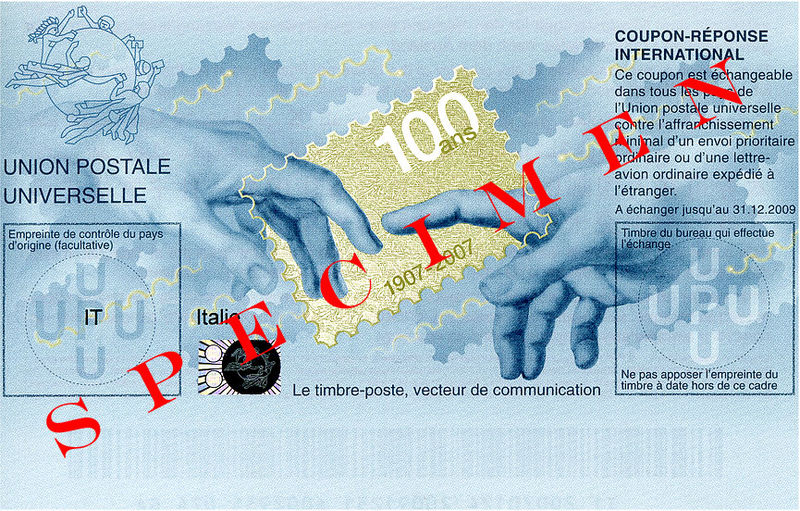 The main users seem to be of course us, the Radio Amateurs who exchange Qsl cards and also Students. Students use them for exchanging correspondence with regards to their academic studies between the Universities and other teaching/learning institutions.
The main users seem to be of course us, the Radio Amateurs who exchange Qsl cards and also Students. Students use them for exchanging correspondence with regards to their academic studies between the Universities and other teaching/learning institutions.